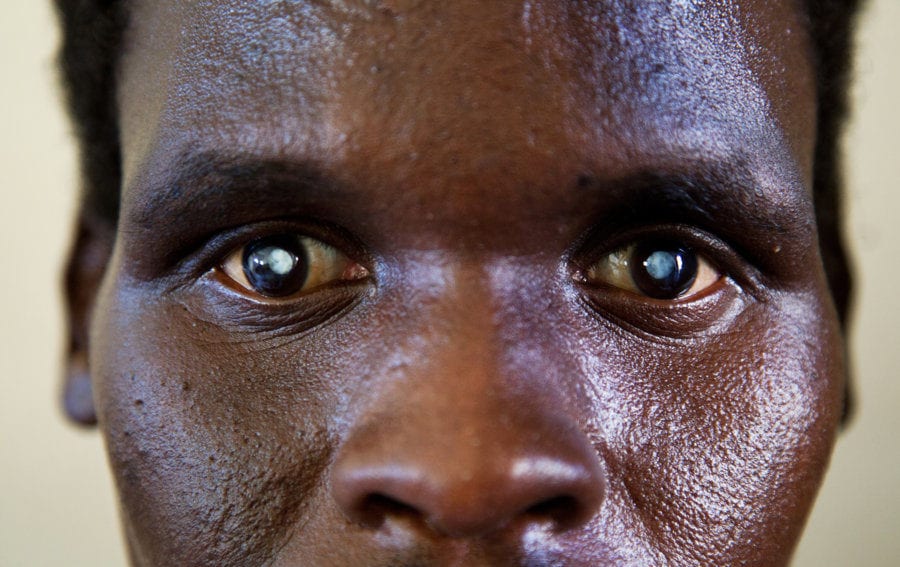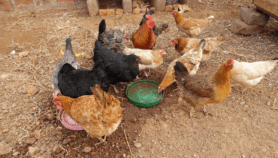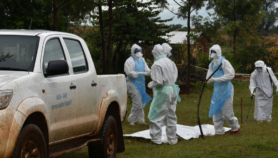By: Adole Abutu
Send to a friend
The details you provide on this page will not be used to send unsolicited email, and will not be sold to a 3rd party. See privacy policy.
[ABUJA] Nigerian health officials partnering with international experts have embarked on a national programme to map Neglected Tropical Diseases (NTDs) by analysing data obtained from 14 of the country’s 36 states.
According to Nigeria’s Federal Ministry of Health, the country and the Democratic Republic of Congo, Ethiopia and Tanzania — contribute to more than 50 per cent of the NTDs burden in Africa, partly because they have climatic conditions that favour the diseases.
Experts say common NTDs in Nigeria include schistosomiasis, soil-transmitted helminth infections, trachoma, onchocerciasis and lymphatic filariasis.
“Data on the geographical distribution of NTDs are required to target treatment to areas of greatest need and to estimate drug and resource requirements.”
Simon Brooker, London School of Hygiene and Tropical Medicine
The programme, led by Nigeria’s Federal Ministry of Health and Sightsavers — a UK-registered charity that is combating blindness in developing countries — is expected to be completed by the end of this year. It is funded by the UK Department for International Development.
A team of international experts from UK-based London School of Hygiene and Tropical Medicine led by Simon Brooker, a professor of epidemiology, trained health officials on the mapping last month (20-24 January) in Abuja, Nigeria.
Having maps showing the distribution of different NTDs is very important for advocacy, policy programmes and implementation, says Brooker, a leading author of Global Atlas of Helminth Infections, an open-access resource that shows where NTDs such as soil-transmitted helminth infections, schistosomiasis and filariasis are located worldwide.
He adds that the programme will help the 14 Nigerian states — including Kaduna, Kano, Lagos and Osun — have detailed information on the distribution of NTDs to serve as a control tool.
“Data on the geographical distribution of NTDs are required to target treatment to areas of greatest need and to estimate drug and resource requirements,” says Brooker.
Bridget Okoeguale, the director of public health in the Federal Ministry of Health, says mapping NTDs could facilitate the process of scaling up interventions in regions that make up the states — known as local government areas.
“This process requires that epidemiological surveys be carried out and maps generated to visualise endemic areas for planning of interventions,” says Okoeguale.
Okoeguale adds that any success Nigeria records in reducing the NTDs would have a global impact because the country contributes greatly to the burden of NTDs.
Uche Amazigo, a former director of the African Programme for Onchocerciasis Control, who is based in Nigeria, says mapping of NTDs in Nigeria is very important and long overdue because it can help the country to adequately target rural communities that have many children who are suffering from various forms of NTDs.
"If development partners and government neglect the control or elimination of NTDs from Nigeria, the conclusion in 2020 will be [that] they did not achieve the targets for Africa," she tells SciDev.Net, adding that government could save a lot of time and funds by mapping NTDs.
This article has been produced by SciDev.Net's Sub-Saharan Africa desk.














